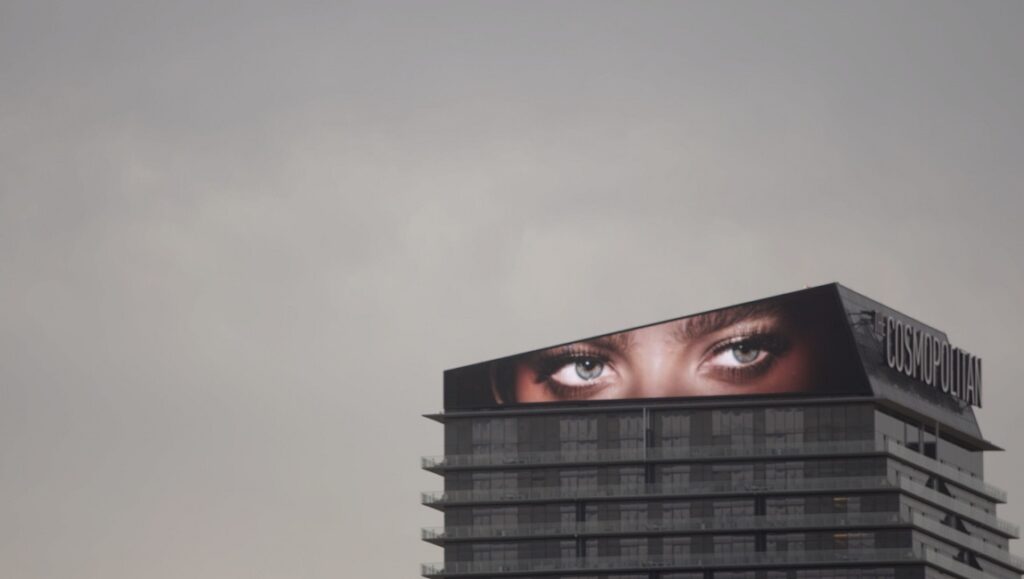Bulletproof is a Wiseman-like doc of observation and contrast, refusing sensationalism and impressively navigating its slippery material.
Todd Chandler’s Bulletproof is a present-tense documentary, not at the sole behest of its scope, but because of how its subject is so thoroughly burrowed into the minds of — at the very least — the entire nation. In cataloguing the varying responses to school shootings across the country, such tragedies as Sandy Hook or Columbine are thematic structuring absences, their lack of reference signaling just how omnipresent these kinds of events have become. So, Bowling for Columbine this is not, as Bulletproof locates the aftereffects that reside within the larger, commonplace routines of American schools. In forgoing any sort of talking-head intervals, Chandler shows his clear Frederick Wiseman influence, especially in his method of modulating his film’s rhythm: bona fide normalcy (football games, lunchtime) gives way to what is now the “new normal,” in which lockdown drills, metal detectors and scenario simulations are preparation for an inevitability, as opposed to preventative action.
These newfound practices aren’t only limited to the immediate world of education: as is unfortunately to be expected, there’s a parasitic sector of gun culture that preys on these fears originating from school shootings. Private firms offer gun handling courses exclusively tailored for teachers, a development that only compounds the latent resignation voiced elsewhere by a principal, who, in keeping guns on school premises handy, still believes that no measure can adequately protect against one “committed to committing murder.” The absence of any sort of psychologization isn’t exactly a directorial decision of Chandler’s (though his willingness not to try and offer an omniscient voice is one of Bulletproof’s greatest working strengths), but a reflection of this burgeoning culture which has been mostly abandoned by government to resort to material solutions of their own design. Locate one discomfiting contradiction in Bulletproof, and you’re greeted with countless others that stem from it.
The way in which the documentary glides from one subtopic to the next is as if Chandler is following his own unnerving line of thought that has manifested itself in reality. In fact, the conventions and gun shows that shallowly proffer the “answer” are similar to the private security outlet expo in one the year’s most bracing fiction films, Paul Schrader’s The Card Counter. Bulletproof hoodies and shooting ranges are just some of the independent avenues taken as more bureaucratic operations are in perpetual gridlock. With such starkly delineated, almost oxymoronic parallels — elementary schoolers whose building has a gun vault, for example — Chandler has no need for the ominous ambient drone that courses throughout Bulletproof, although such a minor aesthetic indulgence is forgivable with such slippery, controversial material. Bulletproof follows its own ebb and flow, and as we see considerable attention given to counter-defense, as opposed to student mental health (meditation and group discussions make fitful appearances), the issue only grows more compartmentalized, and Chandler does his best to navigate the gulf.


Comments are closed.